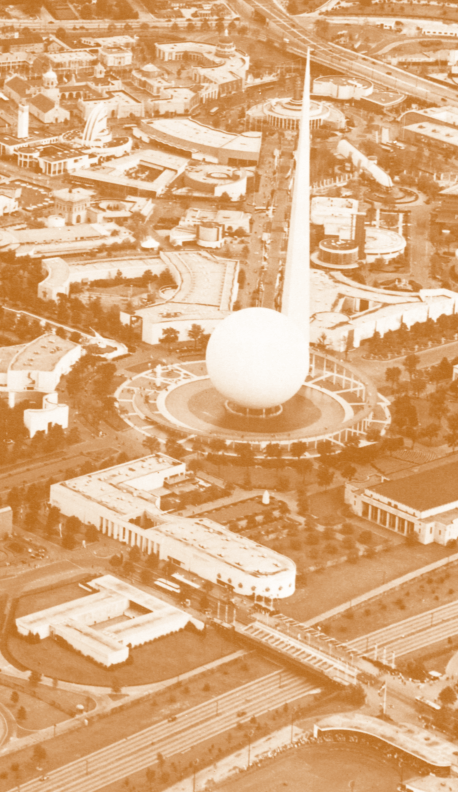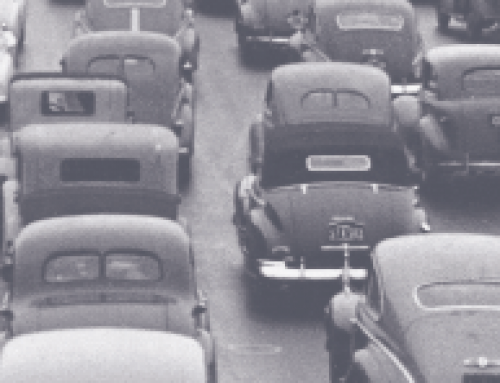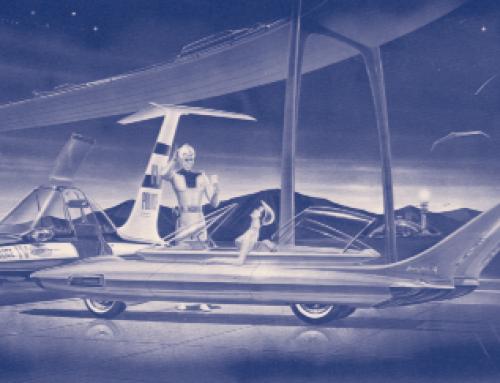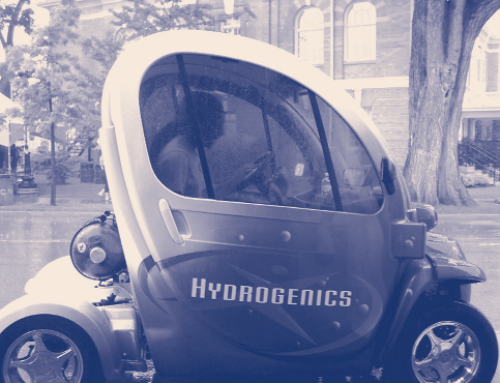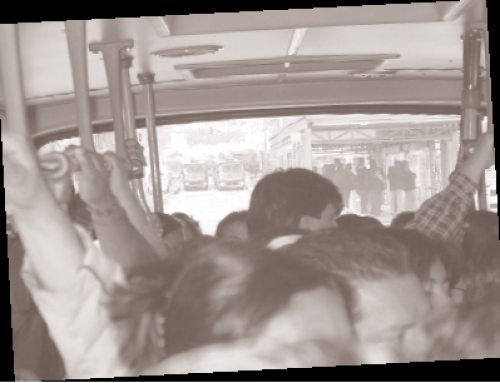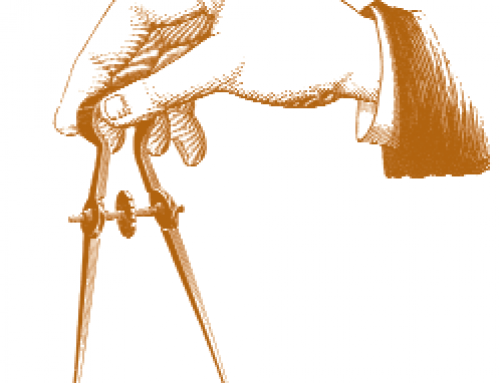The car has massively transformed physical and cultural aspects of every advanced society. It has enriched our society enormously. It has also cost us heavily and become a victim of its own success. External factors play growing roles. It seems likely that gasoline prices will remain high and that supplies will remain uncertain. Global climate change is becoming serious. So, it’s time to move ahead—to develop transportation systems for the 21st Century. The devastation in New Orleans makes that unfortunate city a good place to start. It’s going to be rebuilt, and that should be done with a view to the next century, not the last.
As often occurs with nonlinear systems, size matters. A system that works at one scale can hurt at another. In the US, with a quarter billion motor vehicles, the adverse side effects from private vehicles have become huge. Worry lists vary. Mine includes dependence on imported oil; supply, vulnerability, and the military costs of oil; global warming; urban sprawl; loss of mobility for the aged, infirm, and poor; and anomie—loss of a sense of community—even for those of us with resources. The intractability of these problems points to the need for new transportation systems.
We don’t yet know what the new systems will look like, but we do know something from history. We understand that the ways in which we’ve embedded the car in society were the result of technological possibility facilitated by the dreams and energies of imaginative people.
The story is complex and nuanced. Henry Ford’s vision of an automobile affordable to every household and the General Motors Futurama at the 1939 World Fair presaged widespread auto ownership and the Interstate highway system. Earlier transport systems such as the trolleys of the early twentieth century came to be seen as outmoded and inflexible, and so were abandoned. Now their successors also seem unsatisfactory. Reinvention will be a social-consensus process involving lots of technology and every aspect of society.
A good way to start is to look at lifestyles we find attractive but which differ from our own. I’m impressed, for example, by the lifestyle of my sister, who lives in Europe and has never owned a car. She lives in a quasi-suburban high-rise building surrounded by lots of public open space. She meets ordinary needs by local shopping and recreation; specialized needs involve short walks to subways that connect everywhere. Her lifestyle appeals to me. Your preferences may differ.
New lifestyles are springing up across America, as cities are being reborn: San Francisco, Washington, Seattle, Philadelphia, Atlanta. Urban renaissance is bringing neighborhood restaurants, entertainment, and specialty shops; “fixer-upper” houses are commanding premium prices from people wanting to experience new-urban amenities. At the same time sprawling suburbs continue to blossom at the metropolitan edge.
Our society is moving simultaneously in many directions: outward and inward; toward low density and toward high density; toward lives based on mobility and lives based on nearby amenities; toward urban renewal and strip-mallization.
In our affluent society, no single lifestyle works for everyone. In turn, diversity in desires compels diversity in transportation systems. The transportation community has suggested all manner of technologies. I heard about dozens of promising ones last summer at the ITS-Davis Conference on transportation and climate change at Asilomar. I hope we experiment with lots of them: automated roadways, high- and low-speed trains, trolleys and buses, independently dispatched services, special services for the infirm, and new ways to organize cities and suburbs. Above all, we need imaginative new systems that will serve diverse lifestyles and exploit diverse technologies, some of which have not yet been invented. That’s to say, we need to encourage a wave of innovation that will carry us to the next stages of development. In turn that will require investment in research and development on a scale we’ve not yet experienced.
It’s time to get moving, and our universities should be leading the way. Reconceptualizing New Orleans’s transport and land use would be a great place to begin. But, wherever and however it happens, the next innovations should create transportation systems that enhance opportunities for diverse populations and for diverse styles of life.
—Paul Craig

